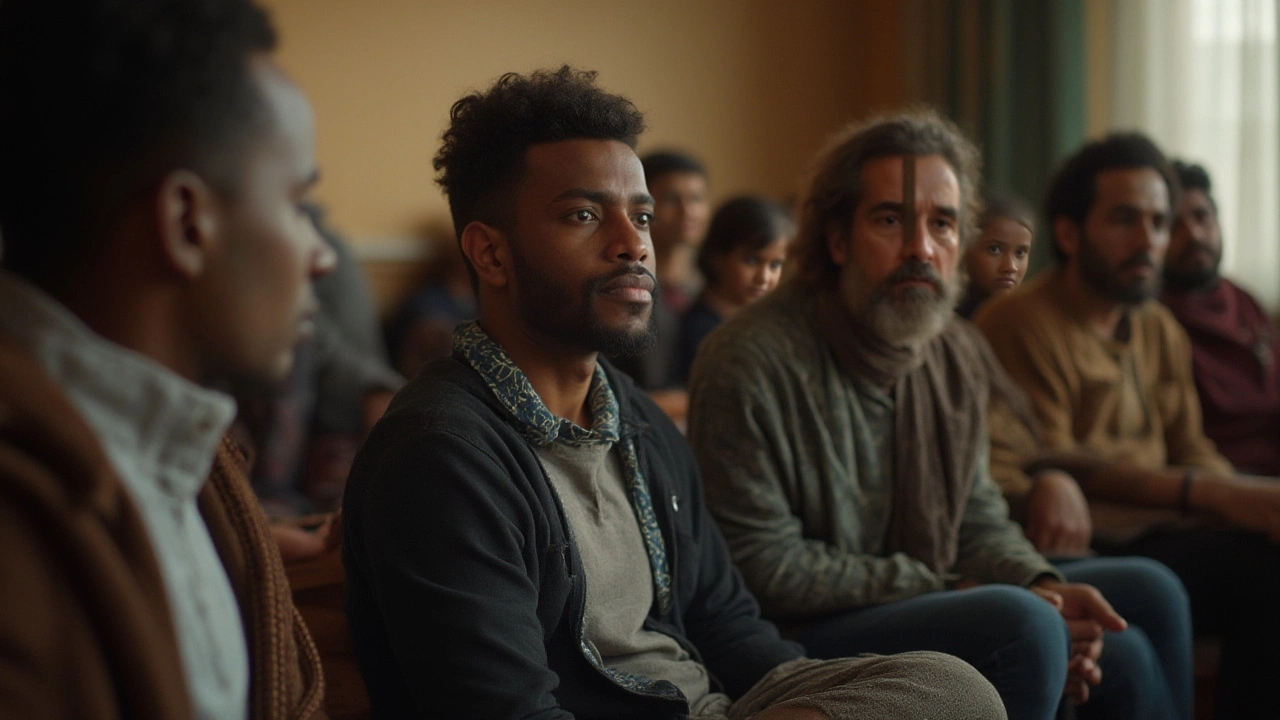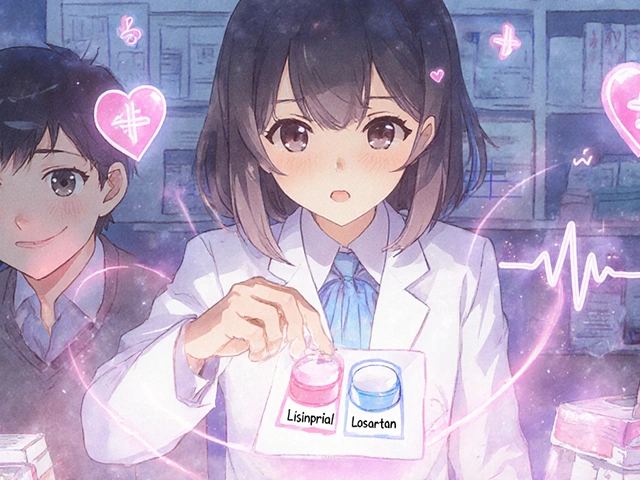Understanding PTSD: What It Is and How It Shows Up
Post‑traumatic stress disorder, or PTSD, pops up after someone lives through a scary or painful event. It’s not just feeling sad for a few days – it sticks around, messes with your thoughts, and can make everyday life feel impossible.
Typical signs include flashbacks, nightmares, constant alertness, and avoiding anything that reminds you of the trauma. You might also notice trouble sleeping, sudden anger, or feeling detached from friends and family. These symptoms can show up weeks, months, or even years after the event.
Quick Ways to Tell If You Might Have PTSD
If you notice any of these patterns lasting longer than a month, it’s worth paying attention. Do you replay the event over and over in your head? Do loud noises or certain places set off a strong reaction? Are you finding it hard to concentrate at work or school? These are red flags that suggest PTSD.
Remember, everyone reacts differently. You don’t need to have every symptom to have PTSD. Even a few intense reactions can affect your life a lot.
Getting Help: Treatment Options That Actually Work
The good news is that PTSD is treatable. Talk therapy, especially cognitive‑behavioral therapy (CBT) and eye‑movement desensitization and reprocessing (EMDR), helps many people re‑frame the trauma and reduce its grip.
Medication can also be part of the plan. Antidepressants like sertraline or paroxetine are commonly prescribed and can ease anxiety and mood swings.
Sometimes a mix of therapy and meds works best. Your doctor can help you figure out the right balance. It’s also okay to try different therapists until you find one you click with – the right fit makes a huge difference.
Beyond formal treatment, practical daily habits can keep symptoms from spiraling. Simple breathing exercises, a regular sleep schedule, and light exercise (like a short walk) can lower stress levels. Keep a journal to track triggers and what helps you stay calm.
Connecting with supportive people matters. Let trusted friends or family know what you’re dealing with. If talking feels too hard, consider online support groups where you can share anonymously.
Lastly, give yourself permission to take breaks. It’s okay to step back from stressful situations and focus on self‑care. Small wins add up – a good night’s sleep, a balanced meal, or a moment of laughter are all signs you’re moving forward.
PTSD can feel overwhelming, but you don’t have to face it alone. Recognizing the signs, seeking professional help, and adding a few everyday coping tricks can put you back in control of your life.






